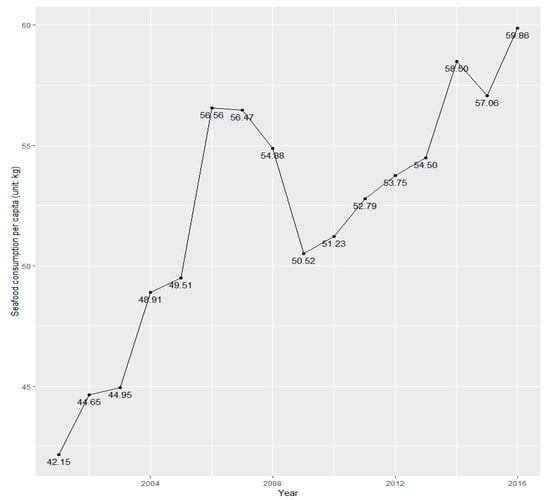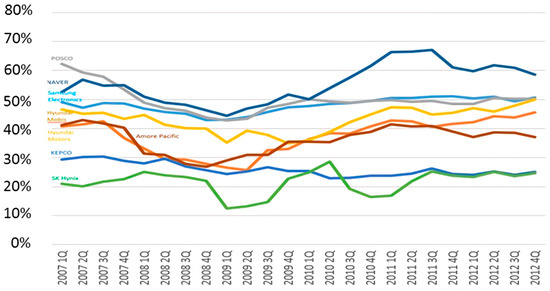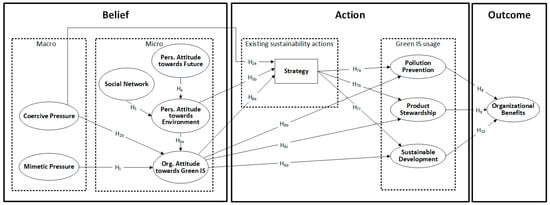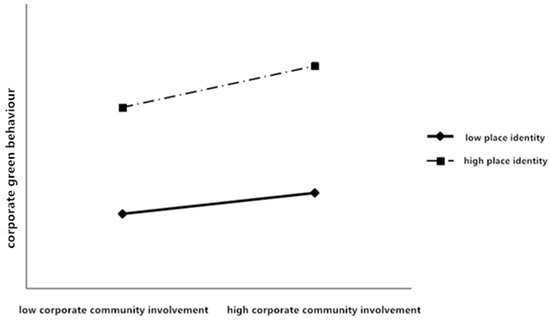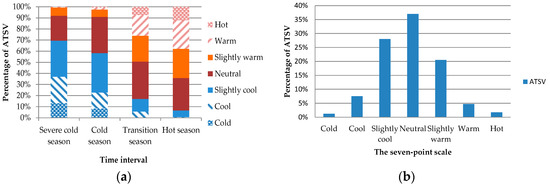Sustainability 2019, 11(6), 1583; https://doi.org/10.3390/su11061583 - 15 Mar 2019
Cited by 28 | Viewed by 5542
Abstract
Government research and development (R&D) subsidies are more important in countries that are latecomers to the biotechnology industry, where venture capital has not been developed, and the ratio of start-ups is high. Previous studies have mostly focused on the additionality of the input
[...] Read more.
Government research and development (R&D) subsidies are more important in countries that are latecomers to the biotechnology industry, where venture capital has not been developed, and the ratio of start-ups is high. Previous studies have mostly focused on the additionality of the input and output through government R&D subsidies, such as private R&D investment, technological innovation, and financial performance. In addition, some studies have focused on the behavioral additionality (the change in a firm’s behavior) of firms through government R&D subsidies. However, each study is fragmented and does not provide integrated results and implications. Therefore, this study comprehensively investigated the effects of government R&D subsidies on the multifaceted aspects of input, output, and behavioral additionality based on data from South Korean biotechnology companies. This study used the propensity score matching (PSM) method to prevent selection bias. The results showed that firms benefiting from government R&D subsidies had a markedly higher R&D investment in terms of input additionality, and they produced more technological innovation within a shorter period in terms of output additionality, though financial performance was not determined. Moreover, government R&D subsidies have accelerated strategic alliances and suppressed external financing (debt financing) in terms of behavioral additionality.
Full article
(This article belongs to the Section Economic and Business Aspects of Sustainability)
►
Show Figures






